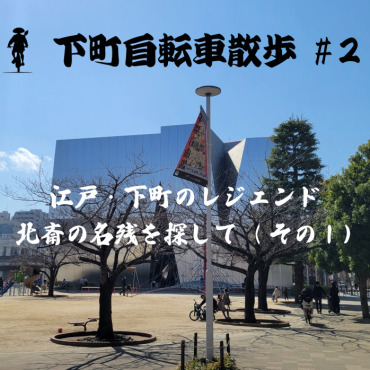
江戸・下町のレジェンド 北斎の名残をさがして(その1)

Tracing the footsteps of Katsushika Hokusai by bicycle – Part 2 of the short series. This time, we will start with Hokusai in his twenties, when he entered the Katsukawa school and plunged into the world of ukiyo-e.
1. In the Sumo Town (Ages 20~)
2. Man of the North Star (Ages 30~)
3. Becoming Hokusai, Katsushika Hokusai (Ages 40~)
Hokusai was allowed to use the name Katsukawa Shunro within just one year of entering the Katsukawa school, where he produced ukiyo-e prints (note that he changed his art name over 30 times in his lifetime, but this column will consistently use “Hokusai”).
At that time, the motifs of ukiyo-e prints included beauty prints, actor prints, and sumo prints.
In 1768, when Hokusai was nine years old, the venue for official sumo tournaments (sanctioned by the shogunate) was relocated to Eko-in Temple, near Ryogoku Bridge. Eko-in Temple served as a permanent sumo venue until 1946. Naturally, Hokusai would have visited the temple many times to observe the muscles and movements of sumo wrestlers.
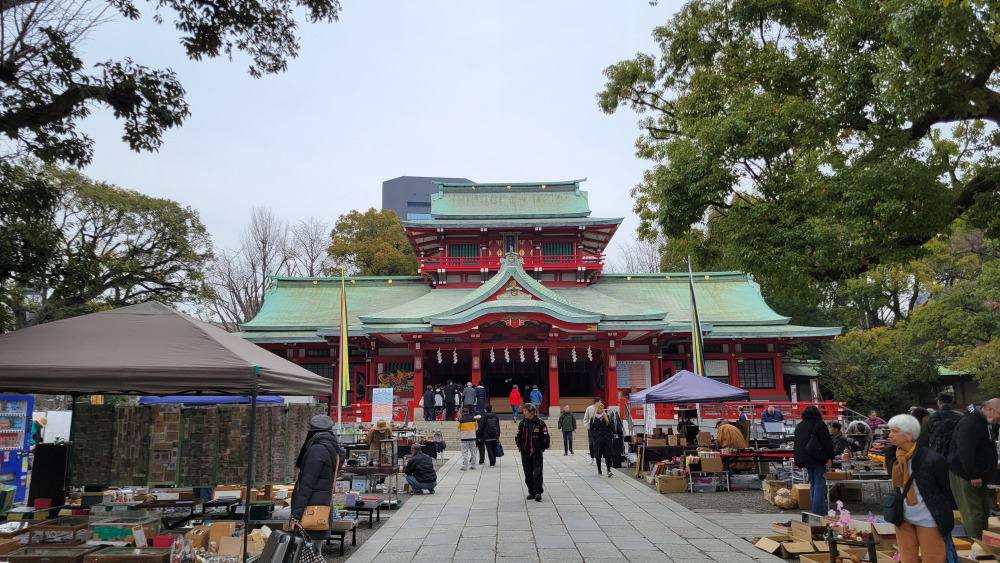
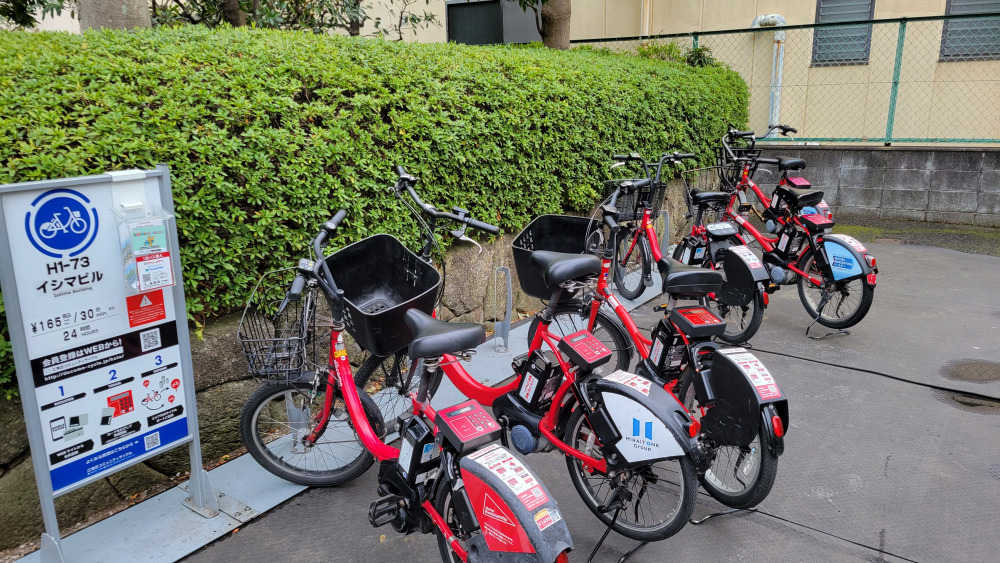
*Please also refer to the following link for instructions on how to rent DOCOMO Bike Share for visitors to Japan.
How to Use Docomo Bike Share for Visitors in Japan
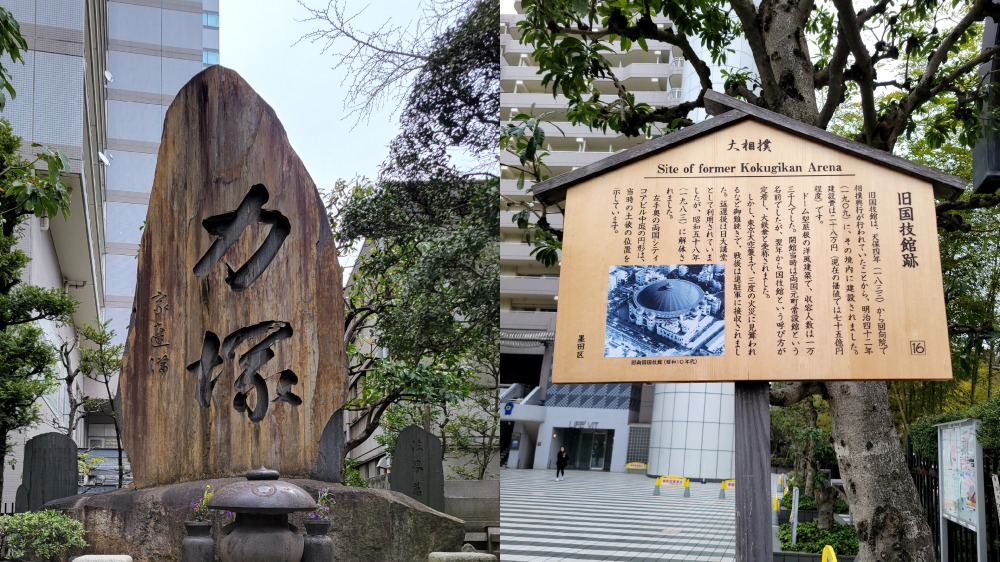
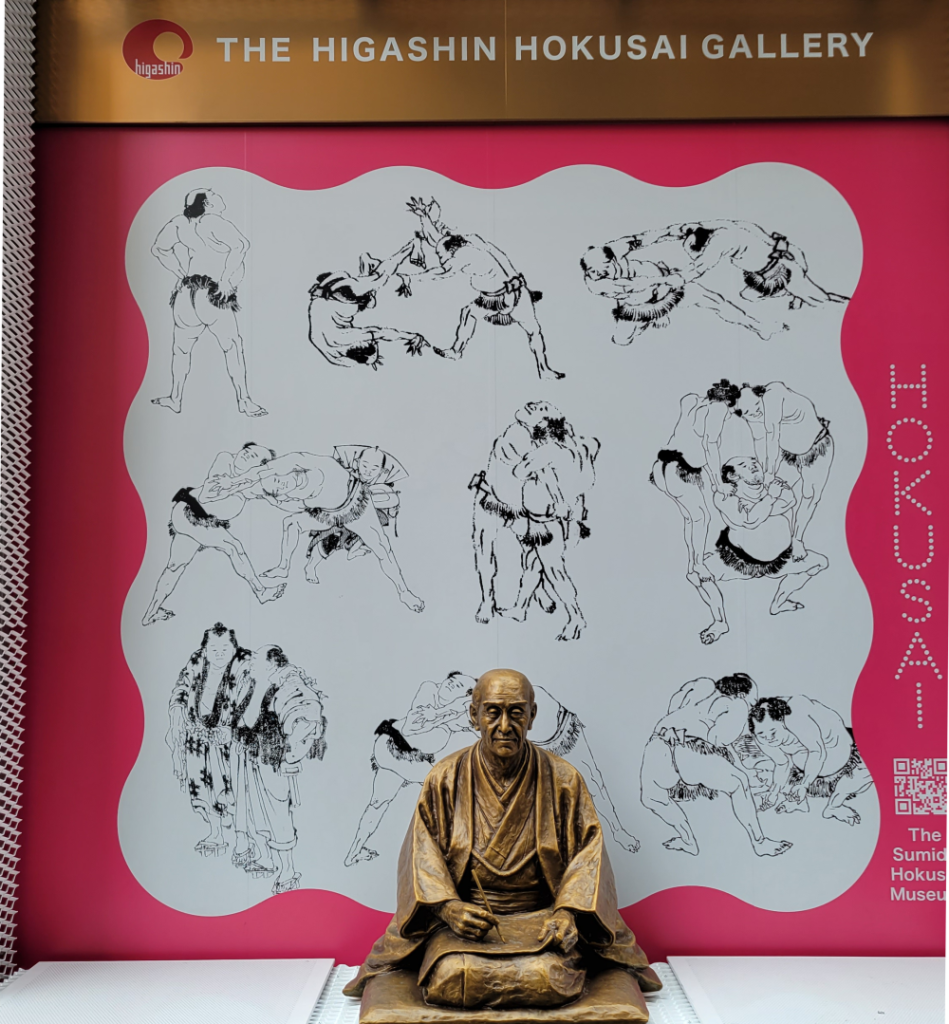
Also, around this time, Hokusai occasionally wrote anonymously in addition to creating illustrations. His experience working in a lending library might have been useful.
Excommunication and Revelation
At the age of 34, after the death of his master, Katsukawa Shunsho, Hokusai faced harassment from jealous senior disciples, which led him to leave the Katsukawa school. He then trained in various artistic styles, but was prohibited from using the name Shunro, and it is said that he lived in extreme poverty, selling chili peppers and calendars to make ends meet.
During this time, there is a story passed down about Hokusai at Yanagishima’s Mt. Myouken Hosshou Temple. It is said that after praying to Hokushin Myoken Bodhisattva (a Buddhist deity symbolizing the Big Dipper) to become a splendid painter, he was struck by lightning on his way back, which led to the blossoming of his talent.
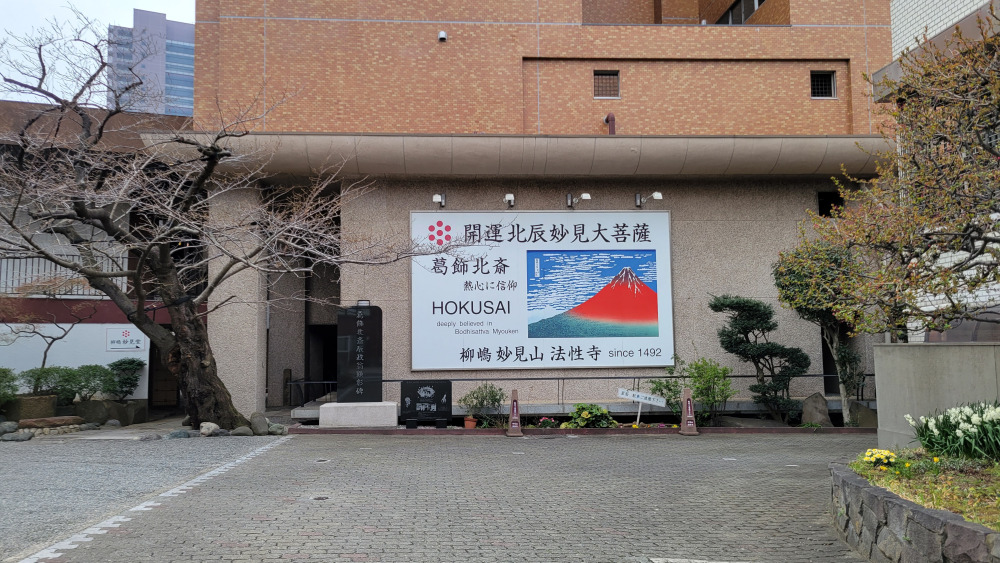

Also, Hokusai’s biography tells another story: On his way back from visiting Myoken Bodhisattva, Hokusai was struck by lightning and fell into a rice field. However, he calmly remarked, “This must also be a blessing, a sign that my fame (thunder name ) is about to spread,” without batting an eye.
“A lunatic trying to catch a lightning bolt”
Considering that Hokusai composed such a Senryu (A form of haiku), I could not help but wonder if he became so absorbed in trying to capture the image of lightning in his paintings that he ended up being struck by it.
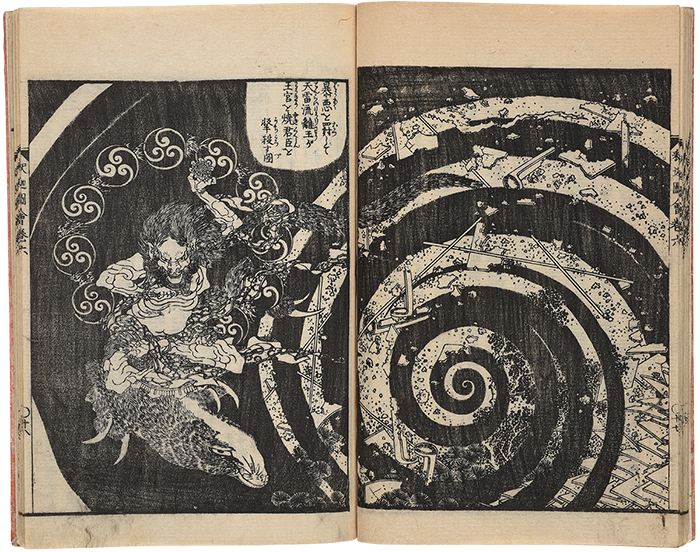
In any case, at the age of 39, he took two characters from his revered deity, Hokushin Myoken, and adopted the artistic name “Hokusai Tokimasa”.

I have arrived at Mimeguri Shrine, near the Sumida River. During the unveiling at Mimeguri Shrine in 1799 when Hokusai was 40, the lanterns and picture frames he painted garnered quite a reputation.
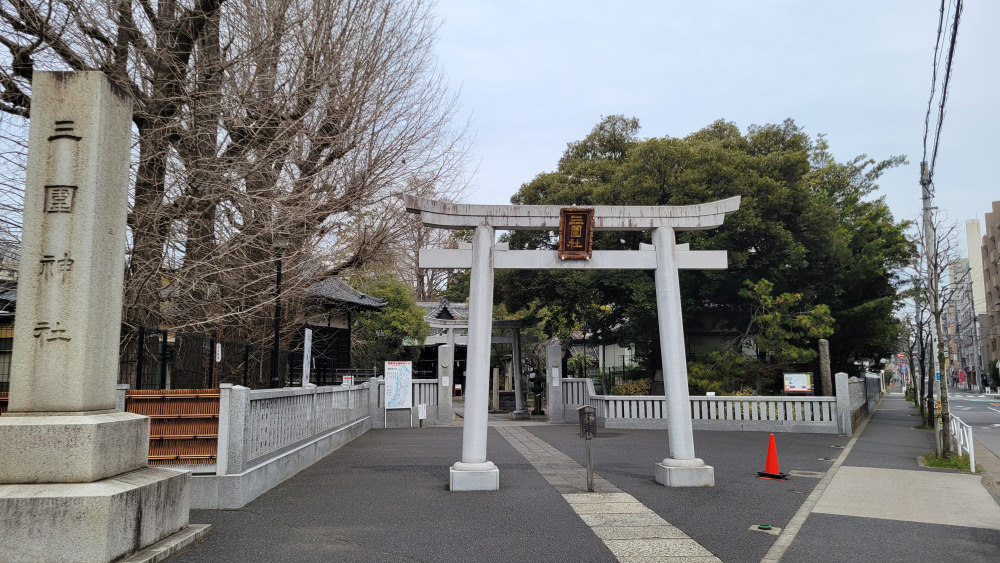
Ushijima Shrine, near Mimeguri Shrine, is also associated with Hokusai.
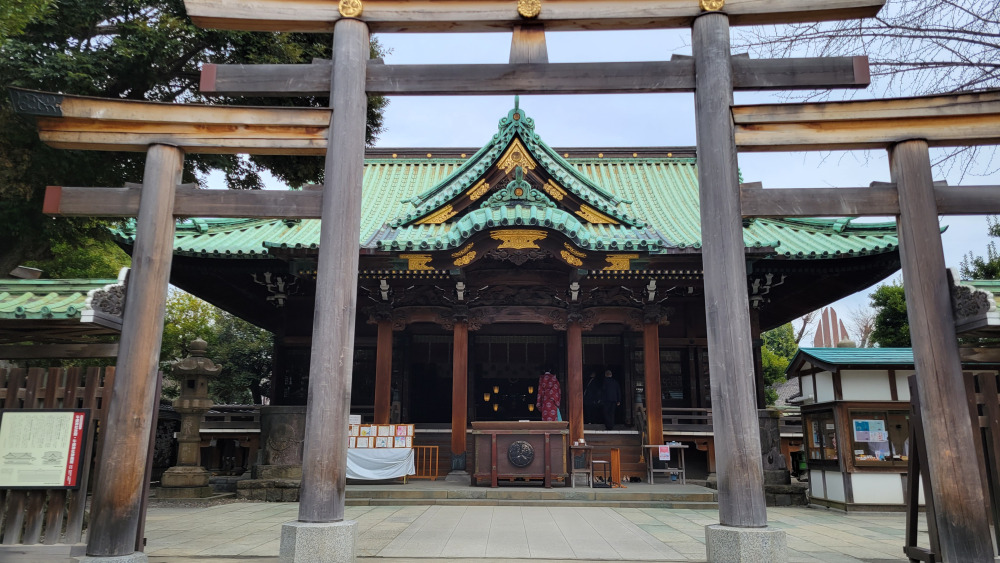

Adopting the Name”Katsushika Hokusai”
In modern Japan, the energetic years of one’s forties. Hokusai vigorously engaged in producing ukiyo-e prints, Nikuhitsu-e (hand-painted works), and illustrations for novels, among other endeavors, earning high praise from society. Then, at the age of 47, he adopted the name “Katsushika Hokusai.”
By the way, “Katsushika” was an old name for a wide area encompassing present-day eastern Tokyo, Saitama, Ibaraki, and Chiba.
Hokusai seemed to have a fondness for this term, as he even used it as a pen name for submitting Senryu. It is very much like a true downtown kid to cherish the name of their hometown. Even today, people from this area might refer to themselves as “Honjo kids” (for example, I consider myself a “Kanda kids”).
However, it is said that the average life expectancy at the time was 45 years old, but Hokusai’s life was just getting started. We have run out of space, so stay tuned for Part 3, where we’ll we will introduce the latter half of his life, including the creation of “Hokusai Manga” and “Thirty-Six Views of Mount Fuji.”
🚲Hokusai Bicycle Stroll course
Reference Site:
Sumida Hokusai Museum : https://hokusai-museum.jp/?lang=en
Shimane Art Museum : https://shimane-art-museum-ukiyoe.jp/index.html
🚴♂️Hokusai bicycle stroll🚴♂️
#01 Birth to Teens
#02 20s to 40s
#03 50s and Beyond
Profile
Shitamachi Kombu
Weekend writer. Born in Kanda, Tokyo, and the third generation “Edokko” (Tokyoite). Interested in rediscovering the shitamachi (oldtown) area. Relies on an electric bicycle daily as a commuting companion. Suffers from a poor sense of direction. A fan of essayist Sadao Shouji. Writing under the pen name “Shitamachi Kombu,” inspired by the classic snack “Miyako (downtown) Kombu.”
Post Date:2024.05.29